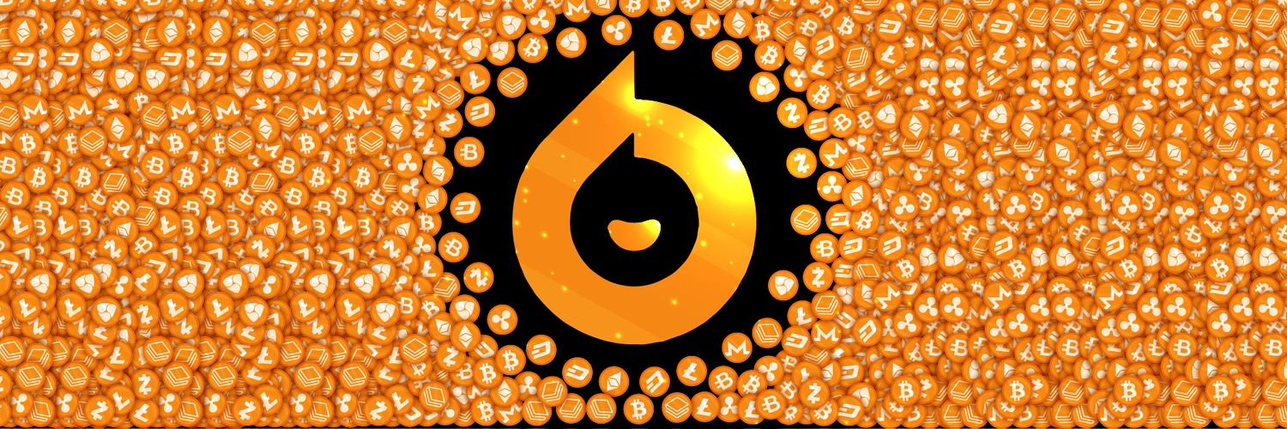


Prezzo di Fire ProtocolFIRE
Come ti senti oggi in merito a Fire Protocol?
A proposito di Fire Protocol (FIRE)
With the rapid growth of the cryptocurrency market, numerous projects have emerged, each with their unique features and objectives. One such project is Fire Protocol, a decentralized platform that aims to provide secure and efficient blockchain solutions.
Fire Protocol operates on the Binance Smart Chain (BSC), a blockchain platform that offers low transaction fees and fast confirmation times. By leveraging the BSC network, Fire Protocol ensures that users can transact quickly and cost-effectively.
One key feature of Fire Protocol is its decentralized exchange (DEX), which allows users to trade various cryptocurrencies directly from their wallets. Unlike traditional centralized exchanges, Fire Protocol's DEX eliminates the need for intermediaries, giving users more control and transparency over their transactions.
Furthermore, Fire Protocol enables users to provide liquidity to the platform's liquidity pools and earn passive income through yield farming. By locking their funds into these pools, users contribute to the overall liquidity of the protocol and receive rewards in return.
Additionally, Fire Protocol incorporates a governance system that allows token holders to participate in the decision-making process. Through voting mechanisms, token holders can propose and vote on various protocol upgrades, ensuring a decentralized and community-driven approach.
In terms of security, Fire Protocol prioritizes the safety of user funds. The platform utilizes robust smart contract technology and undergoes rigorous security audits to minimize the risk of vulnerabilities and potential attacks.
As the cryptocurrency market continues to evolve, Fire Protocol provides a valuable solution for users looking to engage in decentralized finance (DeFi) activities. With its efficient and secure platform, users can trade cryptocurrencies, provide liquidity, and participate in governance while enjoying the benefits of decentralized finance.
In conclusion, Fire Protocol offers a decentralized platform on the Binance Smart Chain that allows users to trade, provide liquidity, and engage in governance activities. With its focus on security and efficiency, Fire Protocol plays a significant role in the growing field of decentralized finance.
Rapporto di analisi IA su Fire Protocol
Prezzo di Fire Protocol di oggi in EUR
Storico dei prezzi di Fire Protocol (EUR)
 Prezzo più basso
Prezzo più basso Prezzo più alto
Prezzo più alto 
Qual è il prezzo più alto di Fire Protocol?
Qual è il prezzo più basso di Fire Protocol?
Previsione del prezzo di Fire Protocol
Quale sarà il prezzo di FIRE nel 2026?
Quale sarà il prezzo di FIRE nel 2031?
FAQ
Qual è il prezzo attuale di Fire Protocol?
Qual è il volume di trading di 24 ore di Fire Protocol?
Qual è il massimo storico di Fire Protocol?
Posso acquistare Fire Protocol su Bitget?
Posso ottenere un guadagno costante investendo in Fire Protocol?
Dove posso acquistare Fire Protocol con la commissione più bassa?
Saldo di Fire Protocol per concentrazione
Indirizzi Fire Protocol per durata dell'holding

Prezzi di Fire Protocol globali
- 1
- 2
- 3
- 4
- 5
Nuovi listing su Bitget
Acquista di più
Dove posso acquistare crypto?
Sezione video: verifica rapida e accesso rapido al trading

Valutazioni di Fire Protocol
Bitget Insights





Asset correlati
Informazioni aggiuntive su Fire Protocol
Panoramica della moneta
In relazione alle monete
In relazione al trading
Aggiornamenti delle monete

































